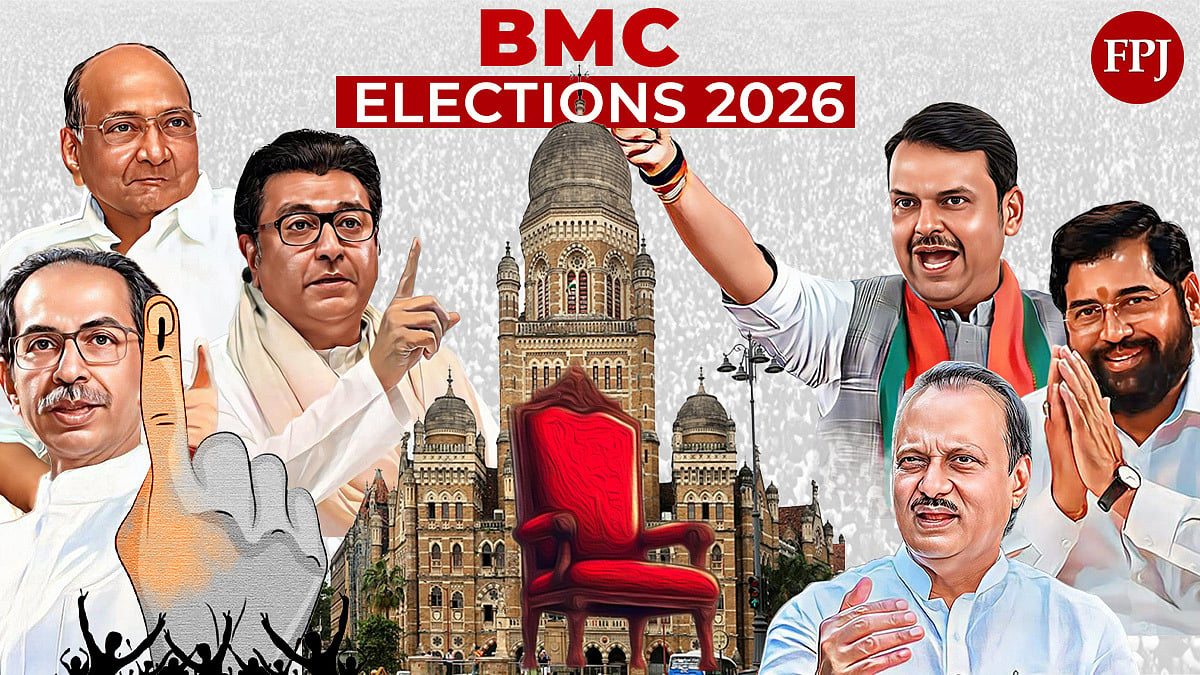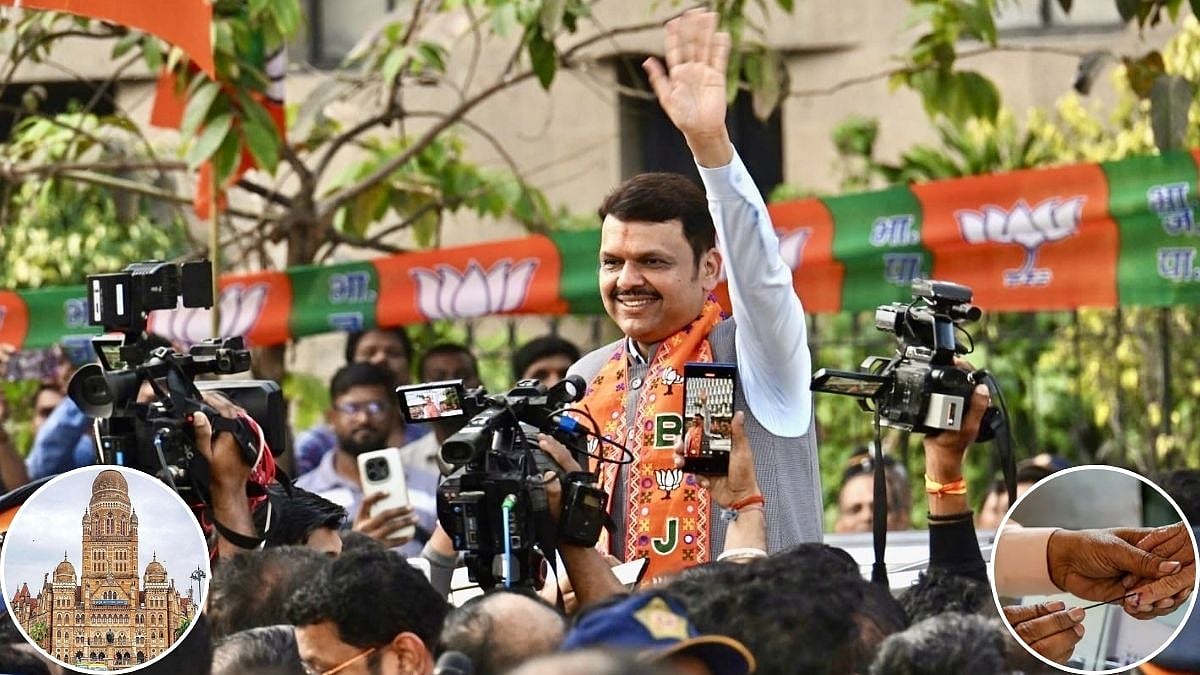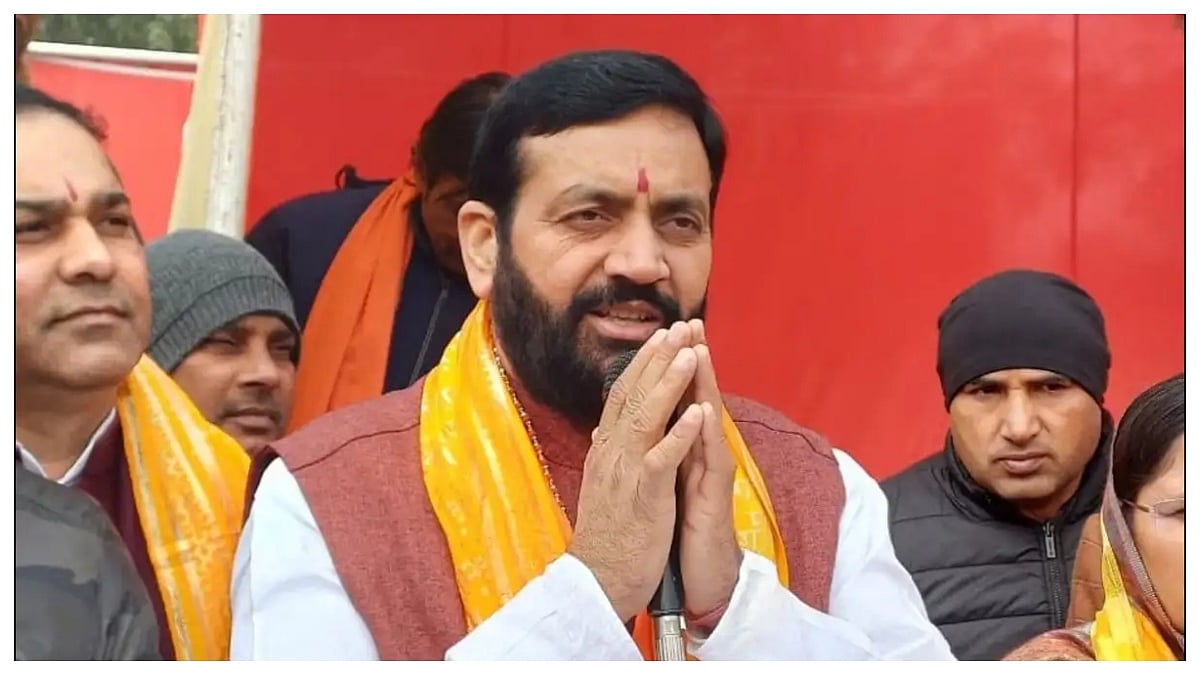The Saptarshis are: Inclusive development; Reaching the last mile; Infrastructure & Investment; Unleashing the potential; Green Growth; Youth Power; Financial Sector. The Indian economy is projected to grow exponentially in the coming years, with positive indicators such as increasing foreign investment, growth in key sectors such as manufacturing and digital technology, and reforms aimed at improving business conditions. However, there are also challenges such as unrealised potential and demographic dividend which could impact growth. A balanced and well-coordinated approach to addressing these challenges will be important for sustained economic growth in the future.
Artificial Intelligence
Artificial Intelligence is a rapidly growing field in India, with significant potential for innovation and economic growth. The government has recognized Al's potential and has taken steps to promote its development, including the launch of a national Al strategy and the establishment of Al research centres. The private sector is also investing heavily in Al, with Indian companies and startup developing innovative AI-powered products and services across a range of industries. The rapidly expanding tech-savvy population and a large pool of engineering and data science talent are driving growth in the Al industry in India.
Digital India is built on the India stack on the back of which a world altering Digital Public infrastructure ("DPI's") and digital private goods ("DPG's") are being built using converging exponential technologies for education, agriculture and health care.
Education
The future of education in India looks promising, with a focus on leveraging technology to enhance the learning experience and improve access to quality education. The government is investing in initiatives aimed at promoting digital literacy and incorporating technology into the classroom. Teacher training is set to be re-envisioned through innovative pedagogy, curriculum transaction, continuous professional development, dipstick surveys, and ICT implementation as proposed in the Budget. The focus of the Budget is on leveraging technology, promoting hands-on learning, and preparing teachers & students for the demands of the 21st-century workforce.
Agriculture
Agriculture in India is likely to be influenced by several factors including advancements in technology, changes in government policies, and shifting consumer preferences. There is potential for increased adoption of precision agriculture and use of technology such as drones and satellite imaging to improve crop yields.
The proposition for setting up a digital public infrastructure for agriculture which will be built as an open source, open standard and inter operable public good is just the push required to take the agriculture revolution forward. This will enable inclusive, farmer-centric solutions through relevant information services for crop planning and health, improved access to farm inputs and support for growth of agri-tech industry and start-ups
The setting up of an Agriculture Accelerator Fund will inspire young entrepreneurs in rural areas to bring about innovative and affordable solutions for challenges faced by farmers. It will also bring in modern technologies to transform agricultural practices, increase productivity and profitability. India is the largest producer and exporter of millets or "Shree Anna" in the world, with a production of over 20 million tonnes annually. The classification of the Indian Institute of Millet Research as the Centre of Excellence for sharing best practices, research and technologies at the international level, will assist in meeting the demands of consumers who are seeking healthy and sustainable food options across the globe.
Health Care
Medical research has been making significant progress in recent years, with a growing focus on developing innovative solutions to health problems in India and around the world. The Indian government has increased investment in medical research and has taken steps to encourage innovation in the sector, including the establishment of research institutions and programmes to support young scientists.
The Indian pharmaceutical industry is currently poised to become a major contributor to medical research, with many leading Indian drug makers investing heavily in R&D. Additionally, India's large pool of talented scientists and medical professionals, combined with its huge patient population, make it an attractive location for clinical trials and other types of medical research.
MSMEs
Micro, Small, and Medium Enterprises play a crucial role in the Indian economy, contributing to approximately 45% of the country's industrial output and employing around 120 million people. The government has implemented several policies and programmes to support the growth of MSMEs. The credit guarantee scheme for MSMEs, which will take effect from April 01, 2023 through infusion of INR 9,000 crore in the corpus and will enable additional collateral-free guaranteed credit of INR 2 lakh crore, will assist MSMEs to tackle several challenges, such as limited access to credit and poor infrastructure.
Tax Reforms
The push for adoption of the new tax regime by increasing the rebate limit to INR 7 lakhs, removing the exemptions and raising the base tax slab to above INR 3 lakhs points towards a tax payer friendly approach, especially for the middle class. The reduction in surcharge from 37% to 25% under the new regime has stirred the interest of the high-net-worth individuals as well.
These along with other taxpayer friendly reforms will support the government in achieving the mammoth task of having all Income Tax returns processed within one month of the deadline. The move towards straightforward return forms which require less data input and more data approval will facilitate more individuals to file their returns.
Conclusion
The first budget of Amrit Kaal is likely to be a budget which will give India the ability to grow its GDP @ of USD 1 trillion every year.
Shailesh Haribhakti is a corporate leader, chartered and cost accountant, and writes regularly on the Indian economy and public policy. Rishit Thakker is a chartered accountant and lawyer by profession.









